Diosgenin
Synonym(s):(25R)-5-Spirosten-3β-ol;3β-Hydroxy-5-spirostene;3β-hydroxy-5-spirostene; nitogenin;Nitogenin
- CAS NO.:512-04-9
- Empirical Formula: C27H42O3
- Molecular Weight: 414.63
- MDL number: MFCD00016887
- EINECS: 208-134-3
- SAFETY DATA SHEET (SDS)
- Update Date: 2025-12-23 21:30:31
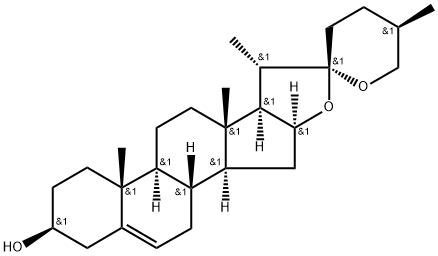
What is Diosgenin?
Chemical properties
White to Off-White Dolid
Occurrence
Primary sources of diosgenin (a steroidal sapogenin) include Smilax China, Rhizoma polygonati, Solanum incanum, Solanum xanthocarpum, Dioscorea villosa, Trigonella foenum graecum (fenugreek), and Dioscorea Linn (wild yams). It is commercially obtained from wild yam tubers and rootstock[1-2].
The Uses of Diosgenin
Aglicone of saponin dioscin. Diosgenin exists in some food supplements and herbal medicines and lowers plasma cholesterol by increasing fecal cholesterol excretion. e and Progesterone.
The Uses of Diosgenin
antiinflammatory, estrogen
The Uses of Diosgenin
pregnenolone and progesterone precursor
What are the applications of Application
Diosgenin is a steroid sapogenin with estrogenic activity
Definition
ChEBI: Diosgenin is a sapogenin that is spirostan which is substituted by a hydroxy group at the 3beta position, contains a double bond at the 5-6 position, and has R- configuration at position 25. A natural product found in Dioscorea (wild yam) species, it is used as the starting point for the commercial synthesis of a number of steroids, including cortisone, pregnenolone and progesterone. It has a role as an apoptosis inducer, an antiviral agent, an antineoplastic agent and a metabolite. It is a 3beta-sterol, a spiroketal, a hexacyclic triterpenoid and a sapogenin. It derives from a hydride of a spirostan.
Benefits
A steroidal saponin, diosgenin, and its chemical and structural variants are helpful in treating a great variety of chronic conditions, including cardiovascular disease, several forms of lethal malignancies, nervous system problems, and autoimmune diseases. Diosgenin is considered an essential precursor of steroidal drugs. Diosgenin is gaining enormous attention over regular synthetic drugs among researchers and industry people throughout the world due to its beneficial effect on chronic illnesses such as high levels of cholesterol, stroke, diabetes, tumor, Alzheimer, inflammation, leukaemia, climacteric syndrome, depression, thrombosis and even cancer and other various metabolic diseases. Diosgenin has been shown to act on several molecular targets that are essential players in the occurrence and incidence of many serious disorders. Its multitargeting capability allows it to influence multiple molecular targets and signaling pathways at the same time[1-2].
General Description
Diosgenin is a triterpene and a glycone derivative of dioscin. Yams, Trigonella foenum-graecum and Costus speciosus are some of its source.
Biochem/physiol Actions
Diosgenin induces apoptosis in colon cancer cell lines and induces apoptosis, cell cycle arrest and cyclooxygenase activity in osteosarcoma cells. It serves as a precursor in steroid drug production. Diosgenin is shown to promote cholesterol production by stimulating biliary excretion. It influences lipoxygenase induced human erythroleukemia cell line differentiation.
Anticancer Research
It is a steroidal saponin and legumes and yams are the rich sources of it. It is a notoriousprecursor of several synthetic steroidal drugs. It suppresses growth of cells andinduces apoptosis in human osteosarcoma, colon cancer, and leukemia. Its anticancermechanism is by arresting the cell cycle, disrupting the calcium homeostasis,activating p53, releasing apoptosis inducing factors, and modulating caspase-3activity. It suppresses NF-κB activation induced by TNF as a result of DNA binding,IκBα kinase activation, degradation, phosphorylation, p65 nuclear translocation,and phosphorylation. It suppresses proliferation and invasion and induces apoptosisby downregulation of cFLIP, cyclin-D1, TRAF1, COX-2, c-myc, Bfl-1/A1, BclxL,IAP1, Bcl-2, and MMP-9 (Aggarwal et al. 2008; Raju and Mehta 2008).
Purification Methods
Crystallise diosgenin from acetone, and chromatograph it on Al2O3 and elute with *C6H6/Et2O (9:1), then recrystallise it from MeOH. Its solubility is ~4% in H2O and 5% in CHCl3. The acetate crystallises from AcOH with m 198o; and has [] D 20 -119o (pyridine). [Marker et al. J Am Chem Soc 65 1199 1943. Mazur et al. J Am Chem Soc 82 5889 1960, Beilstein 19 IV 862.]
References
[1] Prajya Arya , Pradyuman Kumar, Mohona Munshi . “Diosgenin: Chemistry, extraction, quantification and health benefits.” Food chemistry advances 2 (2023): Article 100170.
[2] Mafalda Jesus. “Diosgenin: Recent Highlights on Pharmacology and Analytical Methodology.” Journal of Analytical Methods in Chemistry 45 1 (2016).
Properties of Diosgenin
| Melting point: | 205-208°C |
| Boiling point: | 473.46°C (rough estimate) |
| alpha | D25 -129° (c = 1.4 in CHCl3) |
| Density | 1.0483 (rough estimate) |
| refractive index | 1.4700 (estimate) |
| storage temp. | 2-8°C |
| solubility | chloroform: 20 mg/mL, clear, slightly yellow |
| form | Solid |
| pka | 15.02±0.70(Predicted) |
| color | White to Pale Yellow |
| Water Solubility | Soluble in chloroform (50 mg/ml), ethanol (83 mg/ml at 25°C), water (<1 mg/ml at 25°C), DMSO (<1 mg/ml at 25°C), and methanol. |
| Merck | 14,3295 |
| BRN | 94582 |
| CAS DataBase Reference | 512-04-9(CAS DataBase Reference) |
| NIST Chemistry Reference | Diosgenin(512-04-9) |
Safety information for Diosgenin
Computed Descriptors for Diosgenin
Diosgenin manufacturer
New Products
Indole Methyl Resin tert-butyl 9-methoxy-3-azaspiro[5.5]undecane-3-carboxylate Boc-His(Boc)-OH 2-CTC Resin 4-Chloro-7-tosy1-7Hpyrrolo[2,3-d]pyrimidine 5,7-Dibromo-1H-indole 2,5-dichloro-N-hydroxy-4,6-dimethylpyridine-3-carboximidamide 2,2-Dimethoxy-7-azaspiro[3.5]nonane hydrochloride 4-chloromethyl-5-methyl-1,3-dioxol-2-one (DMDO-Cl) R-2-BENZYLOXY PROPIONIC ACID 1,1’-CARBONYLDIIMIDAZOLE 1,1’-CARBONYLDI (1,2-4 TRIAZOLE) N-METHYL INDAZOLE-3-CARBOXYLIC ACID 4-((2-hydroxyethyl)thio)benzoic acid 1-(TERT-BUTOXYCARBONYL)-2-PYRROLIDINONE Methyl 6-methylnicotinate 3-Pyridineacrylic acid tert-Butyl carbazate TETRAHYDRO-2H-PYRAN-3-OL 2-((4-morpholinophenylamino) (methylthio) methylene) malononitrile 3-(4-morpholinophenylamino)-5-amino-1H-pyrazole-4-carbonitrile 2,4-dihydroxybenzaldehyde 1,3-Diethyl-1,3-Diphenylurea Methyl 2-methylquinoline-6-carboxylateRelated products of tetrahydrofuran

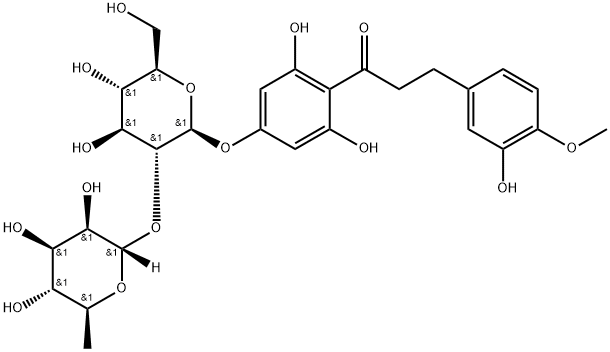
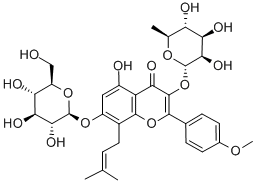


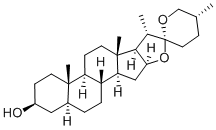

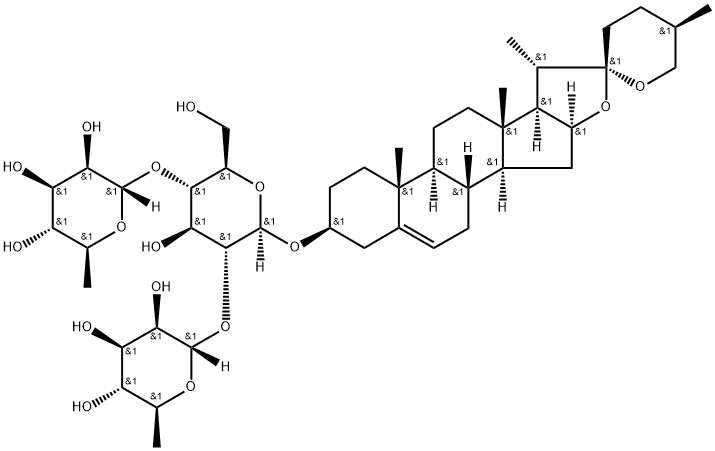
You may like
-
 Diosgenin 99%View Details
Diosgenin 99%View Details -
 Diosgenin, 90%+ CAS 512-04-9View Details
Diosgenin, 90%+ CAS 512-04-9View Details
512-04-9 -
 Diosgenin CAS 512-04-9View Details
Diosgenin CAS 512-04-9View Details
512-04-9 -
 Diosgenin 97% CAS 512-04-9View Details
Diosgenin 97% CAS 512-04-9View Details
512-04-9 -
 SPIROST-5-EN-3-OL CASView Details
SPIROST-5-EN-3-OL CASView Details -
 diosgenin CAS 512-04-9View Details
diosgenin CAS 512-04-9View Details
512-04-9 -
 Diosgenin CAS 512-04-9View Details
Diosgenin CAS 512-04-9View Details
512-04-9 -
 Diosgenin 5G SigmaView Details
Diosgenin 5G SigmaView Details
512-04-9
